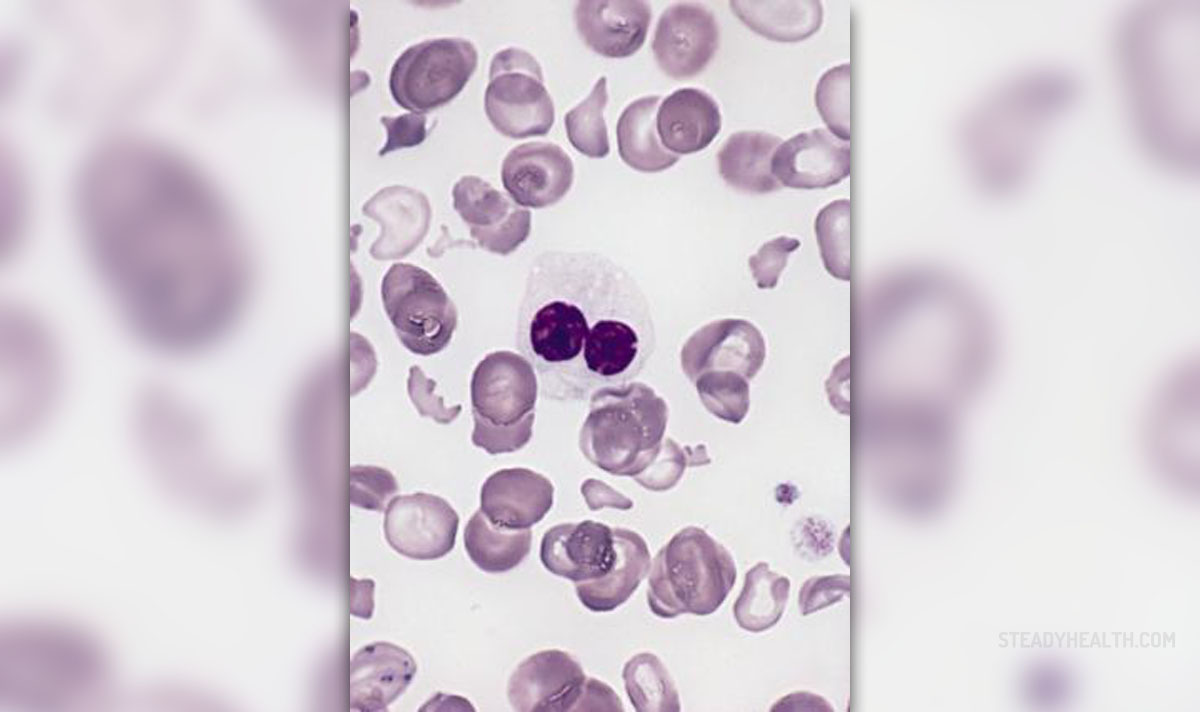
Hypoglycemia is a state of low level of sugar in blood. Insufficient amount of sugar leads to many symptoms and signs and the most significant ones are related to insufficient supply of the brain with glucose, the essential substance for normal brain functioning.
It is essential to know what to do if a child becomes hypoglycemic. In some cases hypoglycemia in children is associated with increased intake of insulin (children suffering from type 1 diabetes). Furthermore, even if insulin is taken in proper doses a child may develop hypoglycemia if insulin is taken and a child skips a meal. It can also develop as a consequence of insufficient intake of food, excessive exercises or due to a diet low in carbohydrates.
Physical Activity and Hypoglycemia in Children
Physical activity of any kind, particularly sports can increase risk of hypoglycemia in children. The risk also increases if the child exercises for long hours and is subjected to extensive exercise plan. In such situations (particularly if a child exercises more than one hour) he/ she is supposed to take a break and eat a snack. This way the level of sugar in blood can be maintained in optimal range. Even after exercising the level of sugar in blood must be monitored since it can remain low for certain period of time. Parents of children who are prone to hypoglycemia must inform the child's coach about the condition and explain what should be done in case hypoglycemia develops.
Hypoglycemia at Night
Hypoglycemia can also occur during night. This can be very dangerous and hard to detect since the child does not have to wake up and complain about any symptom at all. Parents may suspect on nighttime hypoglycemia if the child's pajamas and sheets are damp in the morning, in case the child has bad dreams or is restless during sleep and if the child wakes up tired in the morning or complains about headache. One more characteristic of nighttime hypoglycemia is so-called rebound hyperglycemia. If the child has low levels of glucose during night, his/ her glucose level may significantly increase in the morning. The best thing to do in order to confirm nighttime hypoglycemia is to measure the child's blood sugar levels at 2.00 or 3.00 in the morning. This is supposed to be repeated for several nights in a row. Any case of nighttime hypoglycemia must be reported.
Prevention of Hypoglycemia in Children
Even mild or moderate hypoglycemia must be treated. Severe hypoglycemia is a serious condition and if left untreated it can lead to a diabetic coma. Only if hypoglycemia is caught on time it can be adequately brought under control. The treatment with insulin must be well adapted and by doing so the child may maintain optimal levels of sugar in blood and prevent hypoglycemic crisis.


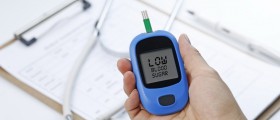
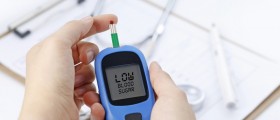
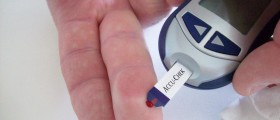
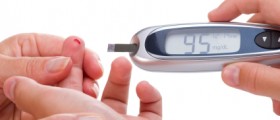
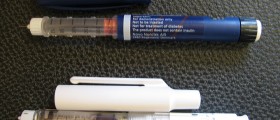

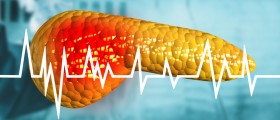

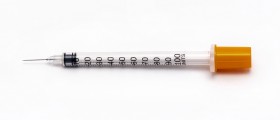





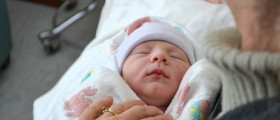
Your thoughts on this
Loading...